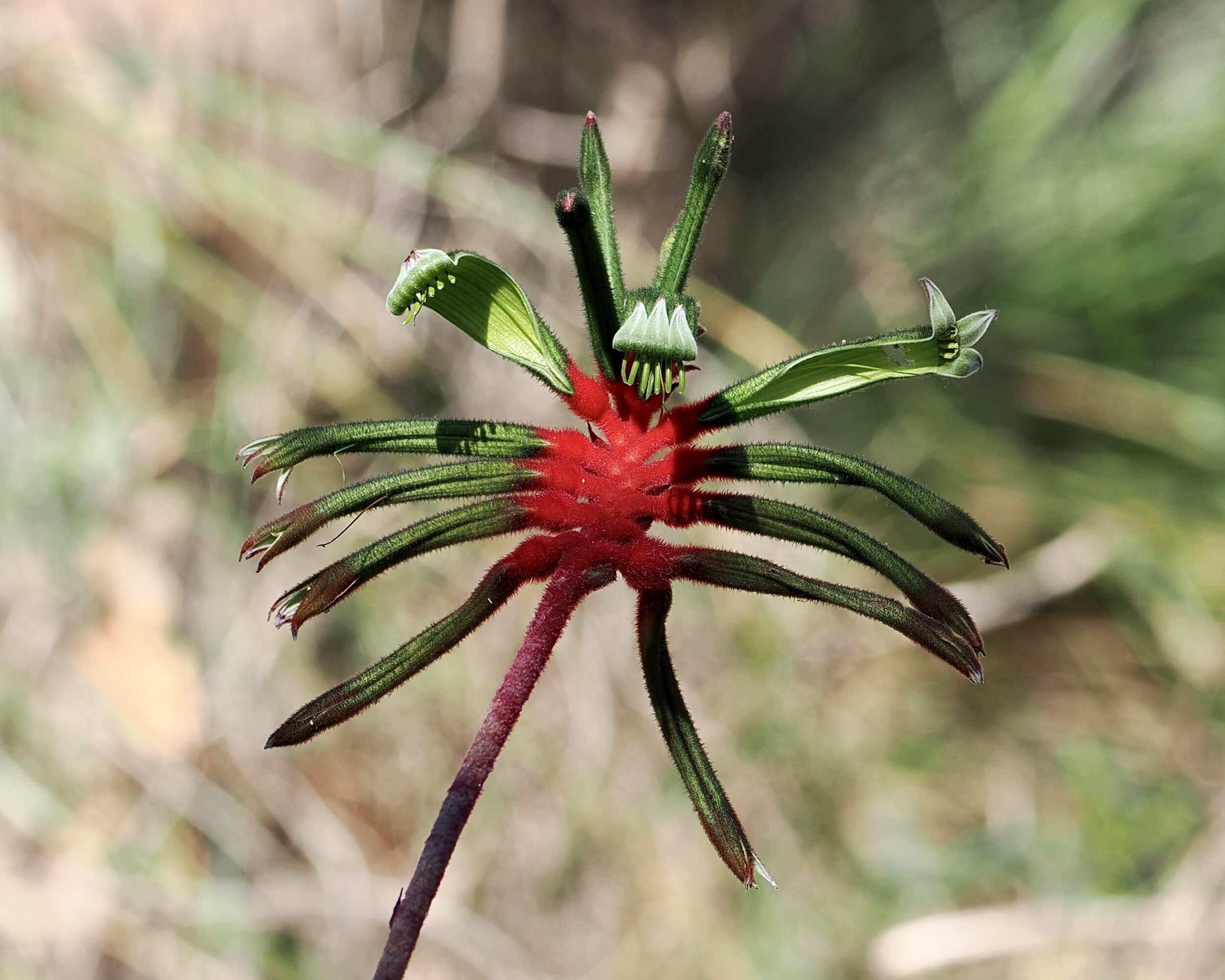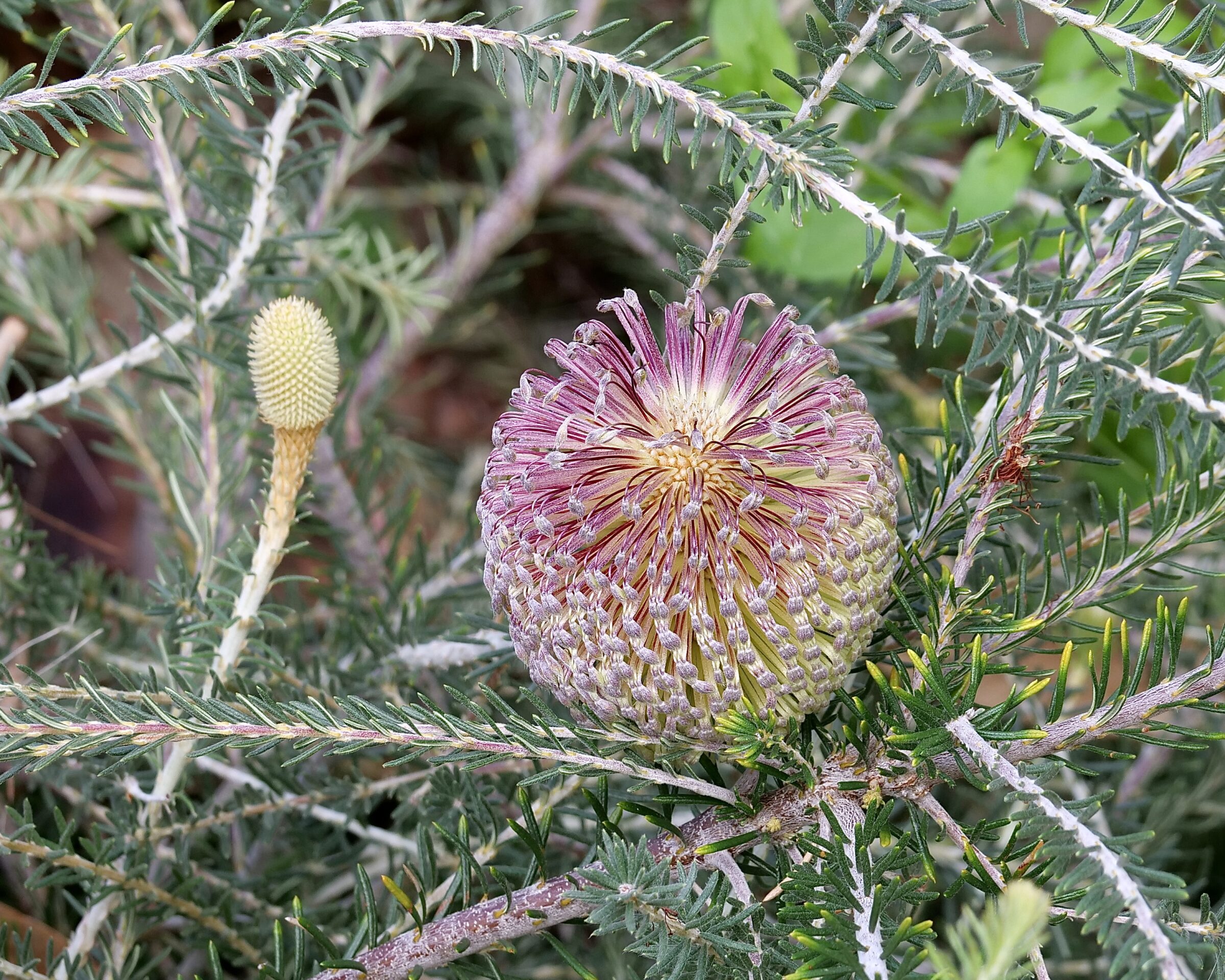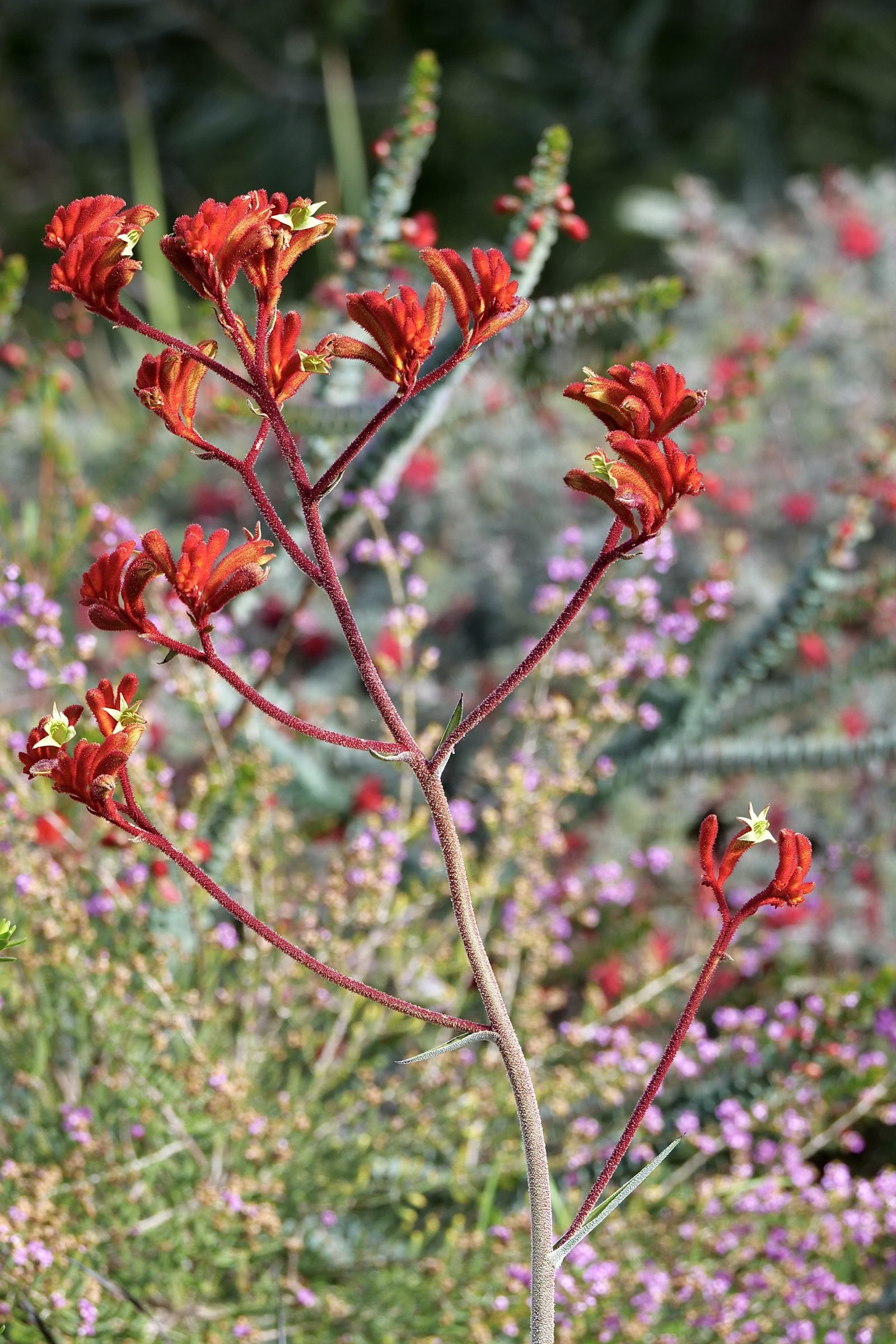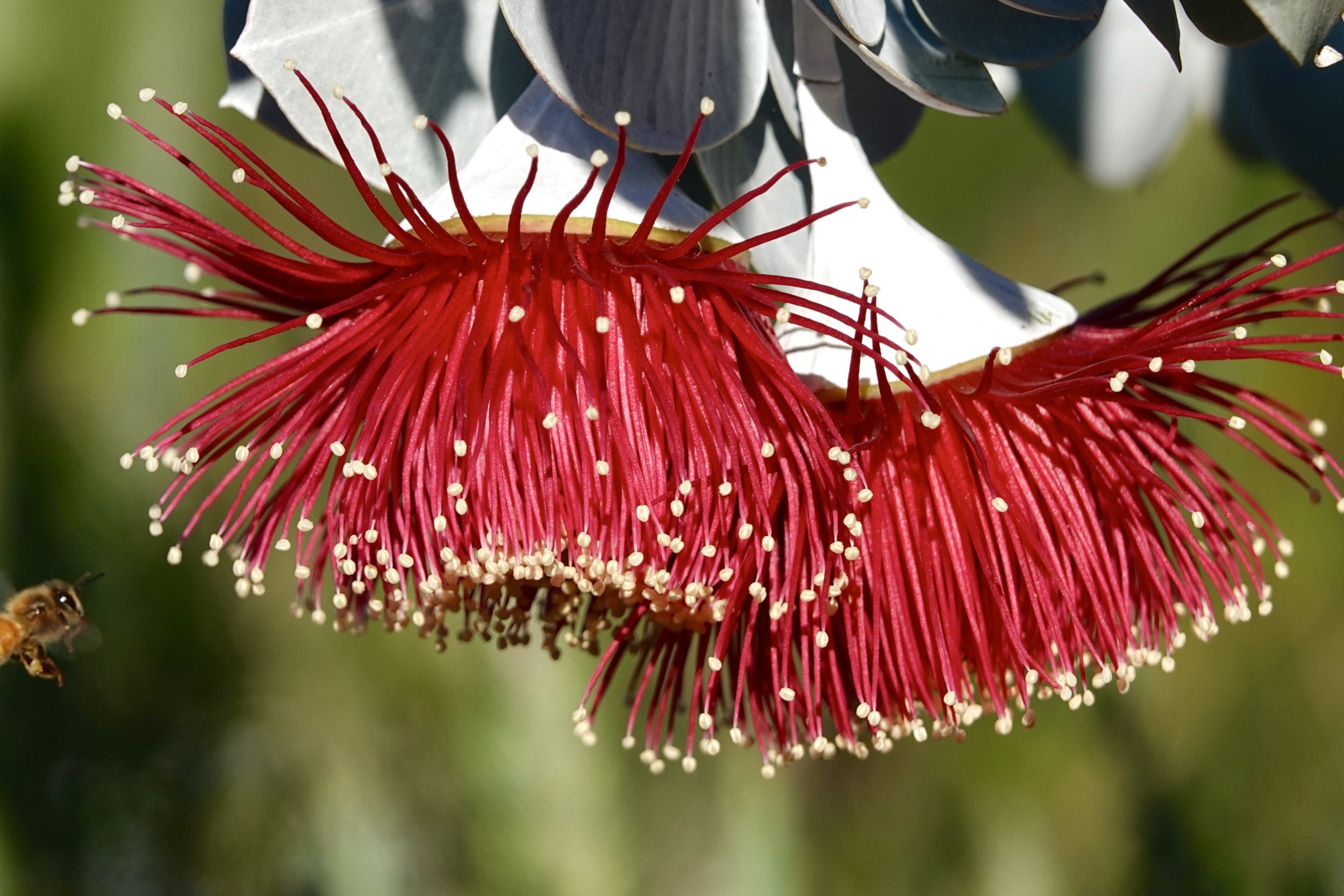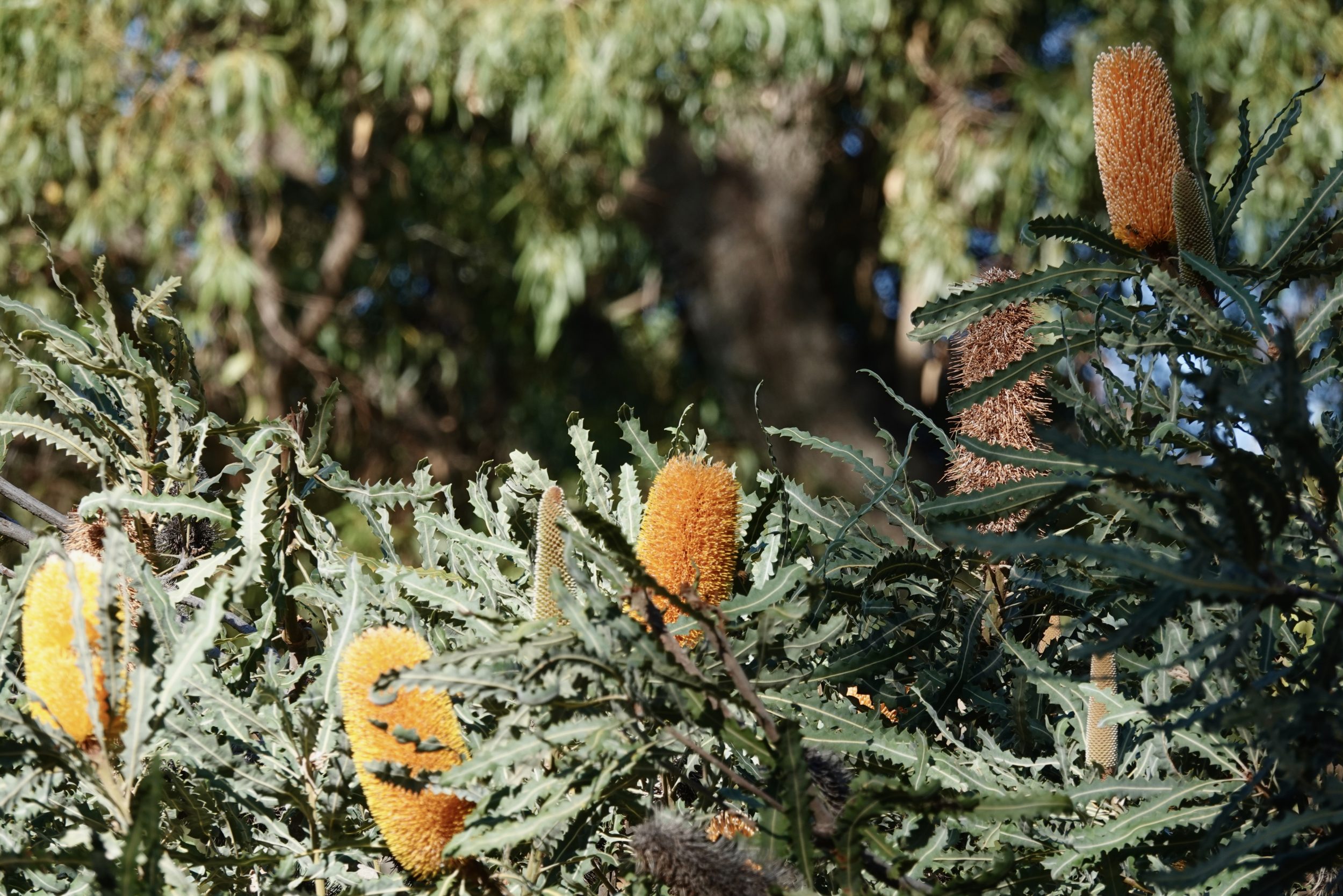Perth’s Kings Park is really three parks in one… plus “lookouts”.
The “lookouts” offer sweeping views from the rim of the scarp on Kings Park’s eastern and southern sides.
Looking east, they flatter the adjacent CBD, and look across the Swan Coastal Plain to the Darling Scarp.
Looking south, they show the full splendour of the Swan-Canning estuary, around which Perth’s wealthier suburbs sit.
If you walk (or catch a free bus) from the CBD – or West Perth – into Kings Park, the loveliness of its manicured, “picnic-friendly”, well-treed, grassed parkland is immediately obvious, as you can see in the featured image, above.
Every pleasant, sunny weekend, thousands of people take advantage of Kings Park’s generous supply of that kind of parkland.
However, what makes Kings Park so very special are its two other kinds of “park”: a superb botanical garden (which showcases WA’s extraordinary flora, conducts internationally significant research, and provides useful information to the general public) and its astonishingly expansive, essentially “natural” bush/woodland section.
Comments closed
